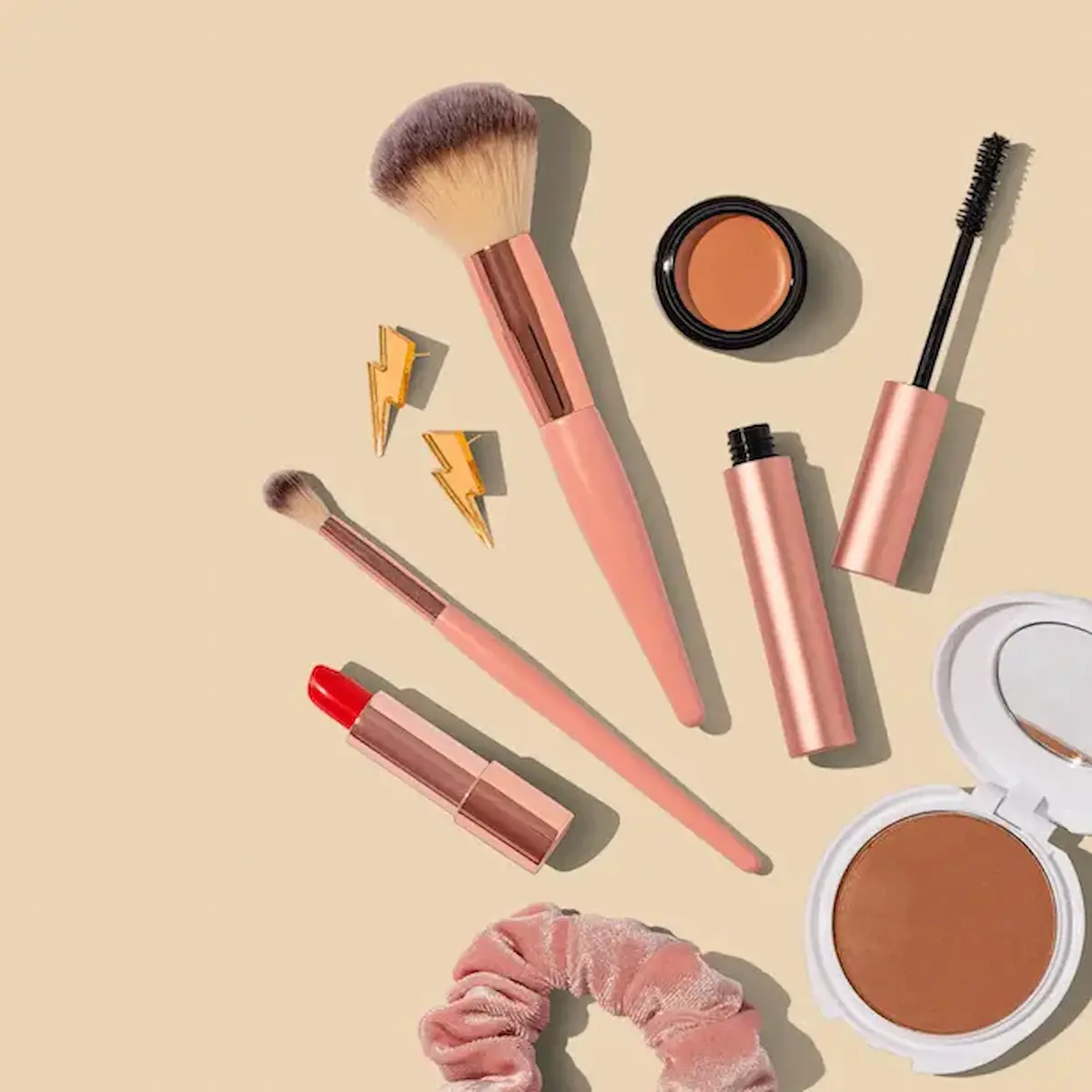
Beauty retailers have some extra intel to base strategies on this holiday season thanks to Salesfloor’s inaugural beauty survey.
We contracted with independent researchers to survey over 1,000 retail customers about their post-pandemic beauty product purchasing behavior and what they’re expecting from retailers as the holidays barrel towards us. What we learned was both eye-opening and insightful. Armed with this information, retailers can better prepare for how customers are going to be shopping for beauty products not just this holiday season, but beyond as well.
Highlights
.png?width=414&name=Untitled%20presentation%20(4).png)
Insights
Although the most statistically significant result from our survey is that a full 75% of respondents will shop for their beauty products in-store this season, the most important result retailers should focus on is customer confidence in the products they’re buying and their desire for convenience. That’s because almost half of the respondents indicated that they’re purchasing even more beauty products online than before.
Beauty retailers can still expect good foot traffic and should be putting their best face forward for their in-store customers, but making their beauty advisors available online gives customers the best of both worlds. This convenience and added customer service is likely why over 50% of respondents indicated they value engaging virtually with a sales associate. Enhancing customers’ online shopping experience using a virtual sales app like Salesfloor to connect them to associates is clearly an option consumers value.
Another significant insight from our survey may initially appear to put a damper on beauty retailer expectations but actually hides a silver lining. Although 3/4s of respondents don’t want emails, texts, or social media messages selling them beauty products from brands themselves, the equation changes when contact is initiated by beauty advisors themselves. Getting a text from your favorite associate about a sale on your preferred foundation is much more valuable to consumers than branded sales emails clogging their inbox. Beauty buyers want the same level of support from trusted beauty advisors when shopping online as they enjoy in-store so they can have confidence in the products they’re purchasing .
What are beauty customers buying?
Understanding shoppers’ general plans and expectations for 2021’s holidays is helpful, but there’s more to be gleaned when it comes to the specifics of what and how they’re buying. The vast majority of respondents (almost 65%) intend to treat themselves by spending up to 10% of their total holiday gift budget on beauty products for themselves to look their best for those long awaited holiday reunions, with roughly half that number ready to spend up to 30% to look good for their in-laws.
A good portion of that will go towards skin care products specifically. Statista, a leading market and consumer research group, found that US consumers are purchasing skin care products more than any other beauty sector. Gen Z consumers (aged 18-24) in particular spends the most of their beauty budget on skin care products.
Consumers are also increasingly focused on convenience. In an article published by Global Cosmetic Industry magazine The Benchmarking Company reported that 47% of consumers have tried single dose beauty products, and that up to 77% would be willing to try a free sample. Unsurprisingly, they also found that positive reviews from friends, family, and other trusted sources such as in-store and online sales associates have a significant influence on consumers’ willingness to adopt the format.
Changing Preferences
Consumers have always been a fickle bunch, especially when products don’t meet their expectations. However, over the course of the past 18 months, over 1/3 of our beauty survey respondents reported changing their beauty product purchasing preferences. That’s an enormous change in a relatively short time period.
It’s not just their choice in products that’s changing though. Shoppers are changing up their fulfilment preferences as well. BOPIS (buy online, pick up in store) became a much more popular option for consumers over the course of the pandemic. Now, almost 70% of beauty consumers are at least somewhat likely to use a BOPIS fulfilment option in the future.
The Takeaway
As consumer preferences in the beauty sector of retail continue to evolve, it’s important to be agile and able to respond quickly. Indeed, the best beauty retailers adjust their strategies according to the latest consumer trends. In light of growing online purchases, consumer preferences for virtual associates (and their implications for reducing returns), and changing fulfilment options, every retailer should be investing in agile technical infrastructure that can adjust not only to current trends but future ones as well.
Salesfloor has helped beauty counters reach their online customers to help them find the right products for their needs and help them use them properly so they receive the maximum benefit. Download our Beauty Retail performance report to learn how Salesfloor enabled a national beauty retailer to lift sales, engagement, and conversion metrics across the board.



